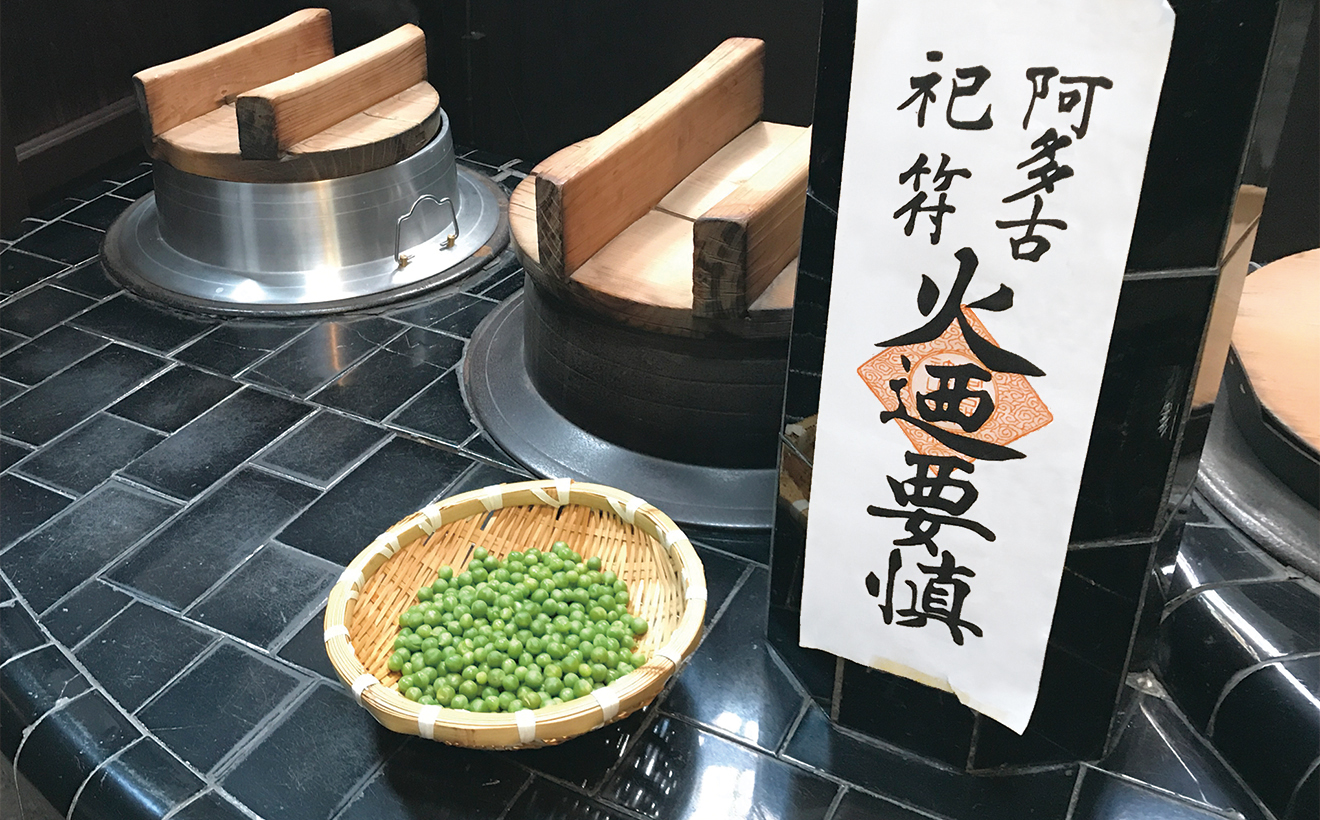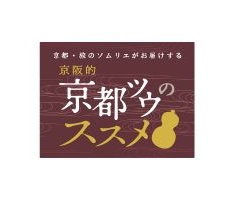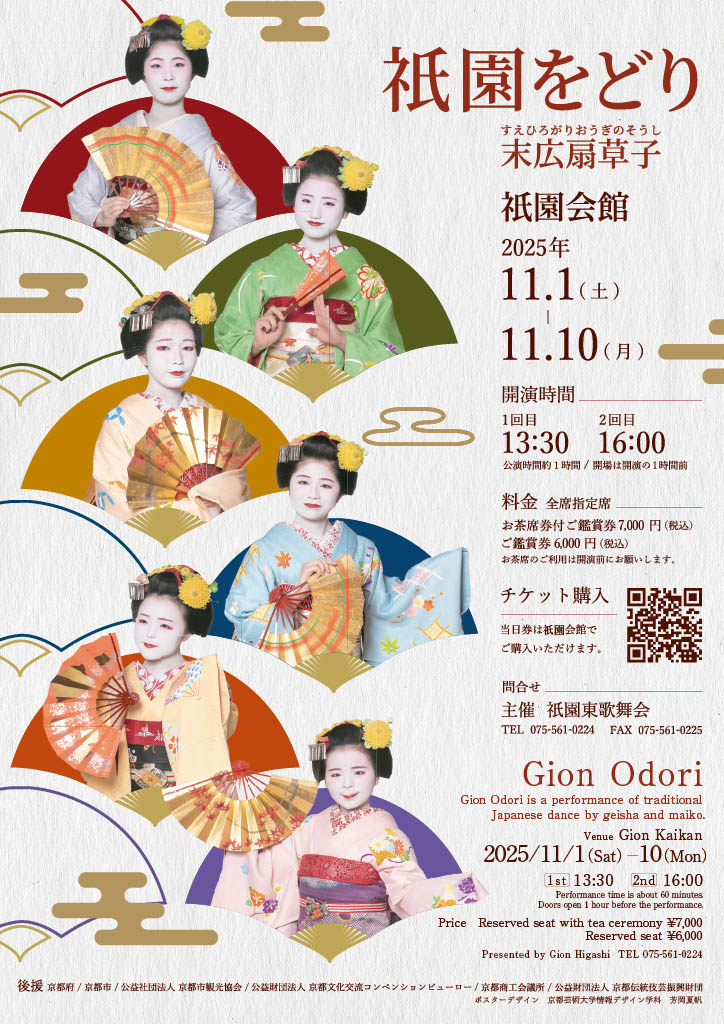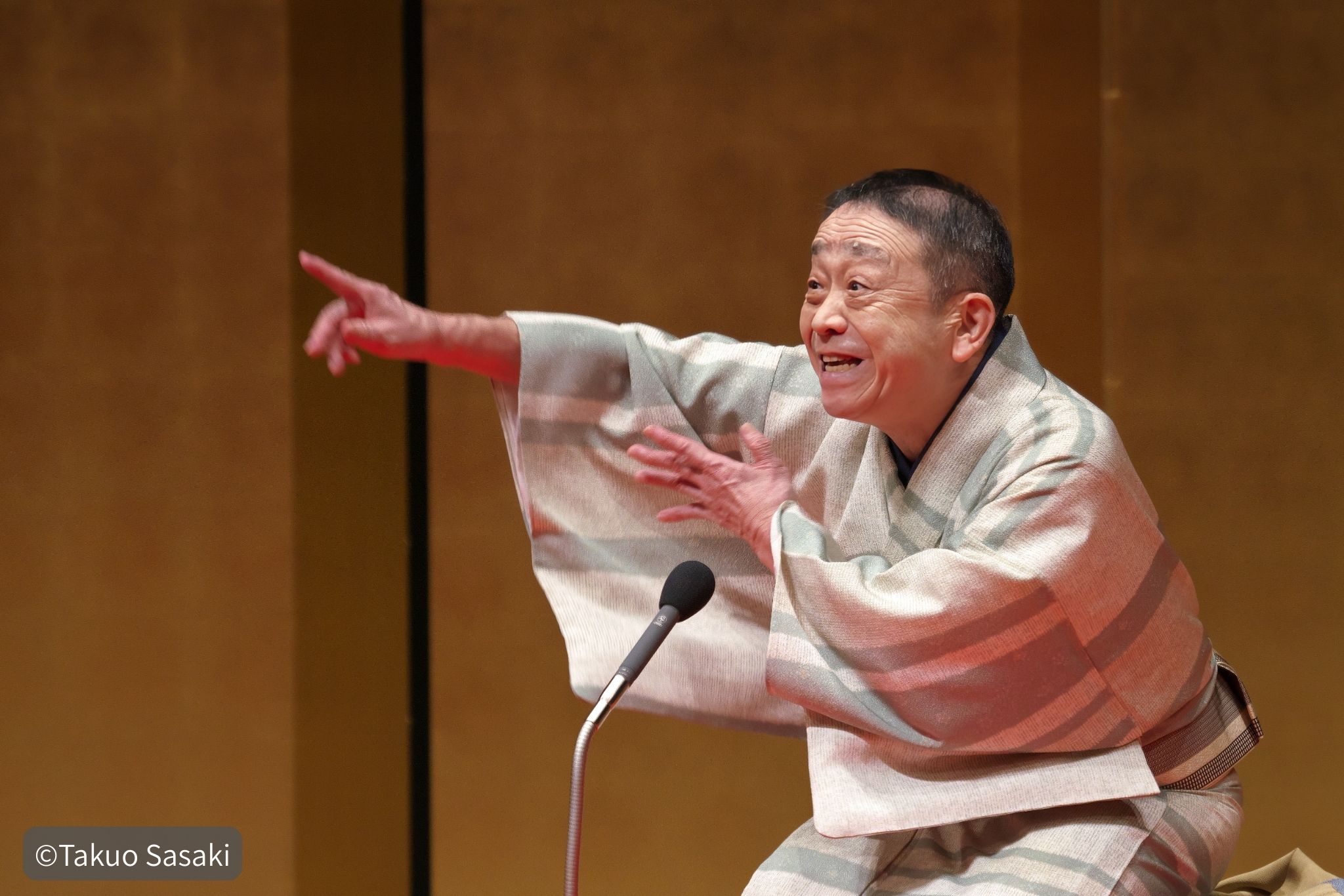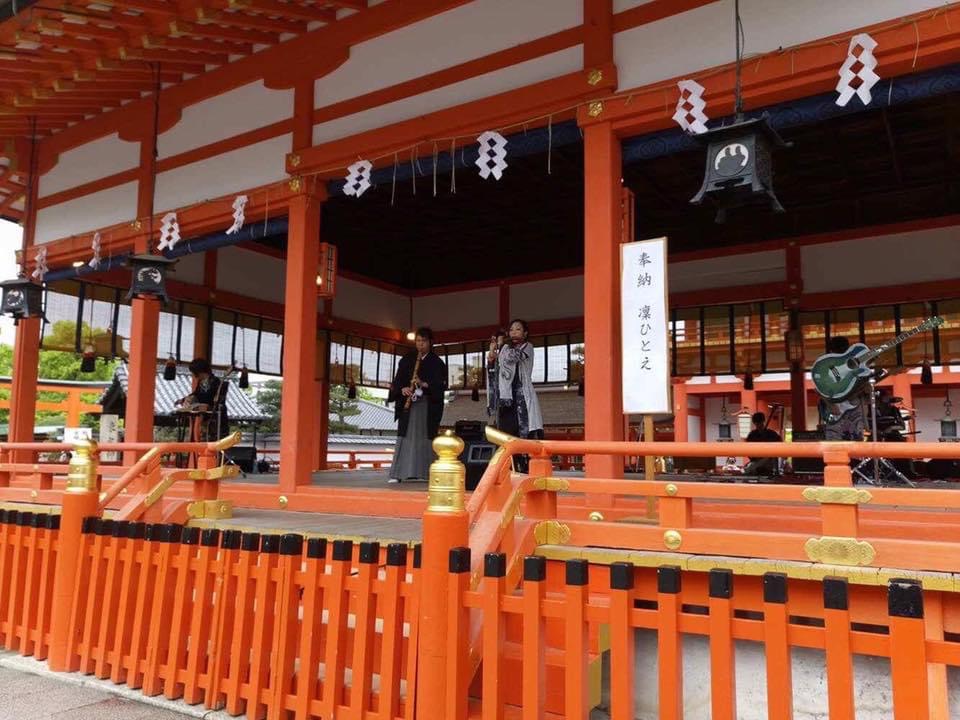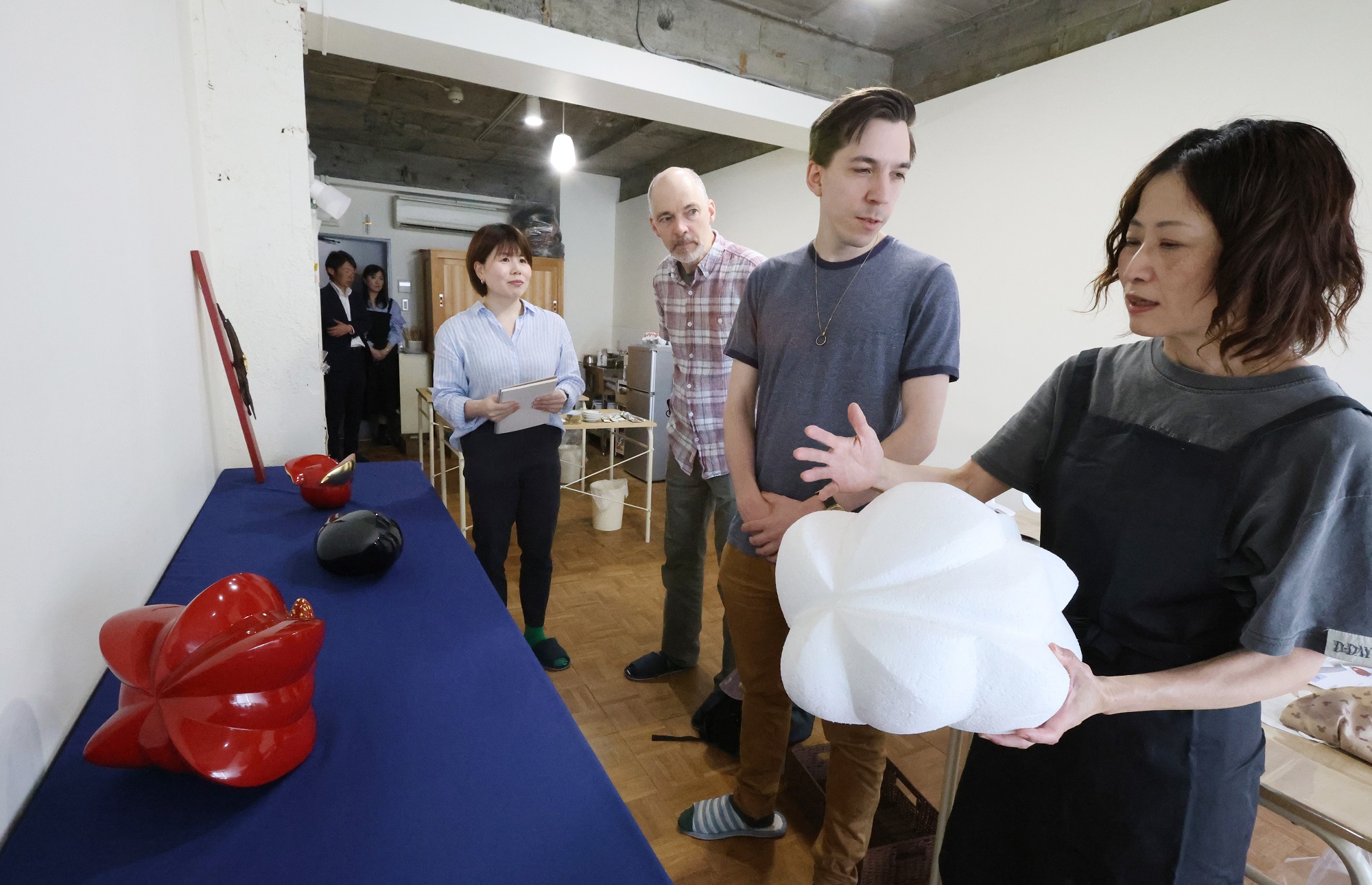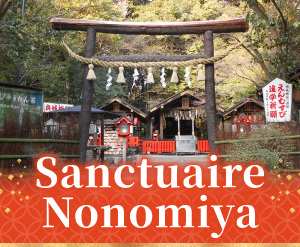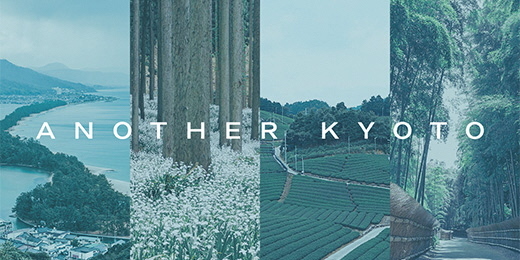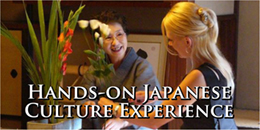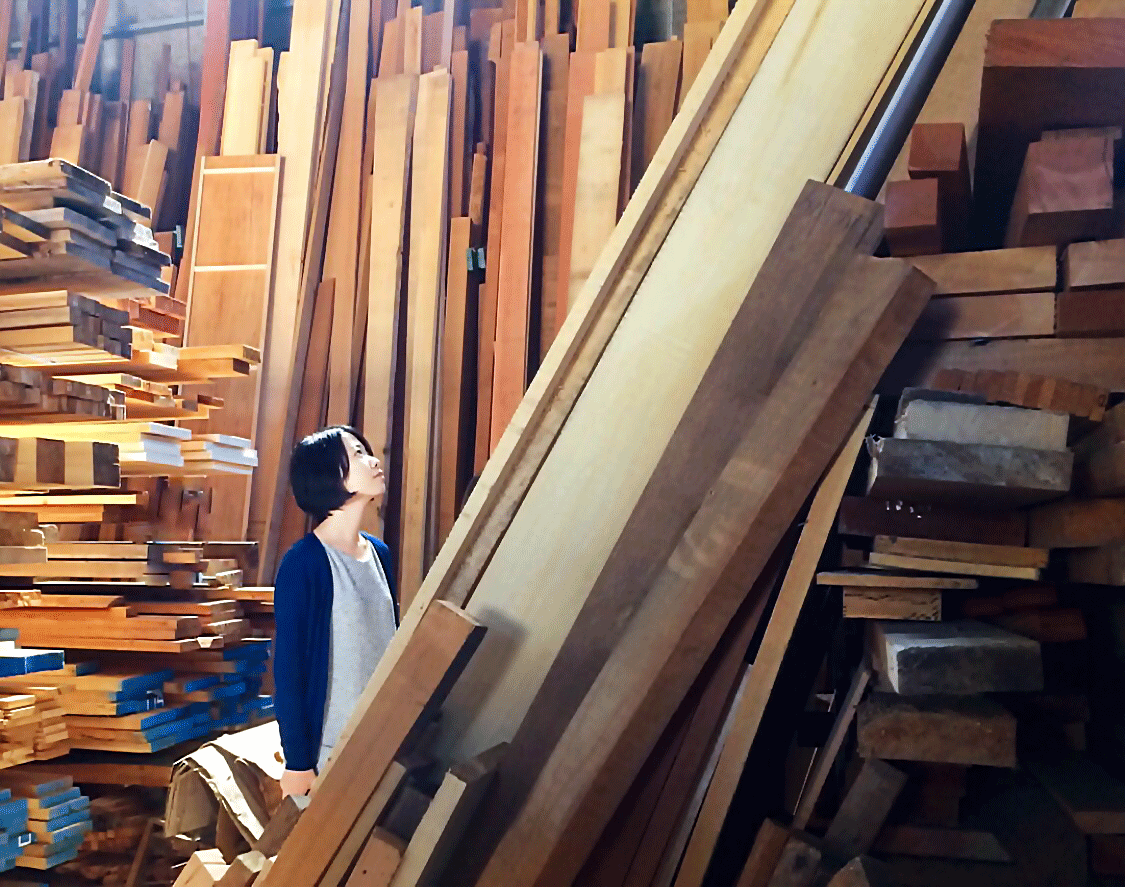
TEXTE DE : Natsumi Tabusa
Aeru Company, directeur général de la division Ouest du Japon
Kyoto est une ville riche en histoire et en culture. Les touristes sont toujours nombreux, et c'est donc tout naturellement qu'ils recherchent des endroits peu connus.
« Kyoto secret », « Le nouveau visage de Kyoto »… tels sont les titres des magazines qui mettent en avant Kyoto, et on voit que tout le monde est à la recherche de coins secrets.
Je fais partie de ces personnes qui apprécient ce genre d’articles.
Cela fait seulement quatre ans que je travaille à Kyoto et je ne suis pas un expert pour présenter des sites attrayants.
Cependant, grâce à mon expérience de communication avec des artisans traditionnels japonais, j’ai obtenu quelques conseils pour voir les choses autour de moi différemment de ce que je faisais auparavant.
En fait, cela transforme un endroit ordinaire en mon propre « endroit secret » !
Dans cet article, permettez-moi de vous présenter quelques-uns de ces conseils.
Apprenez d'un menuisier : quel est le point fort du « grain du bois » ?
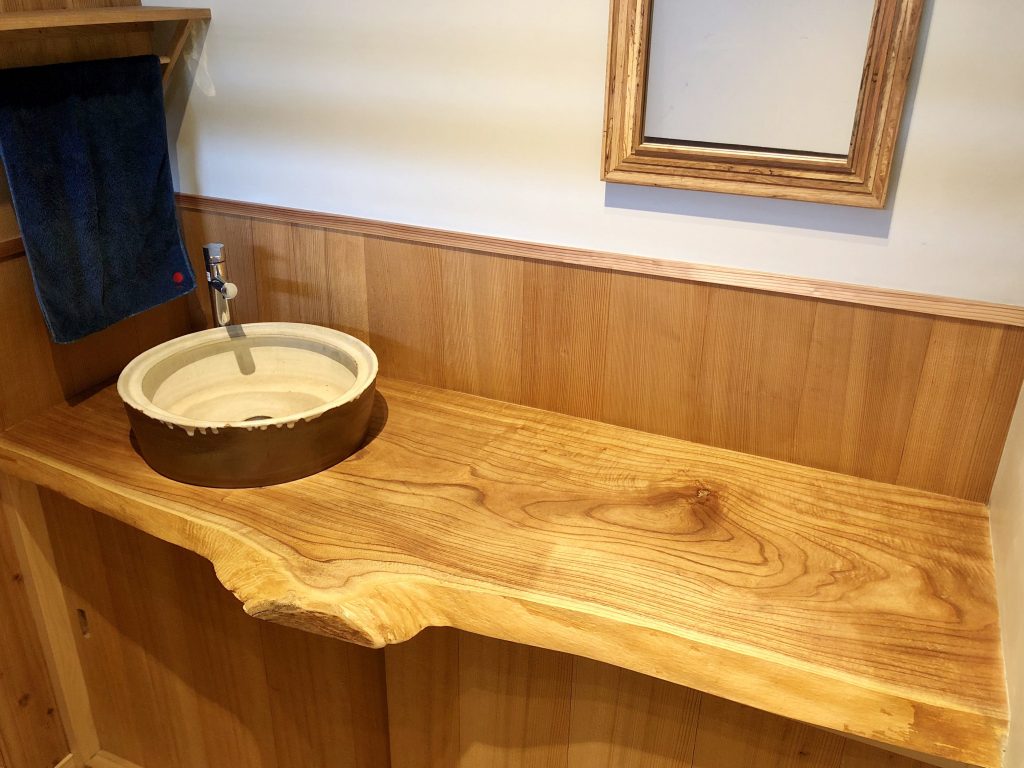
Les toilettes d'une boutique d'artisanat, « aeru gojo »
Vous aimez les espaces et les intérieurs remplis d'une odeur de bois ?
Ils nous font sentir calmes, n'est-ce pas ?
Cette photo montre un coin de mon lieu de travail, « aeru gojo », la boutique de la « marque aeru » de produits traditionnels pour bébés et enfants.
Voici l'un de mes endroits préférés dans la boutique.
Le lavabo est constitué d'une seule planche de chinaberry que le constructeur a fournie pour nous.
Cela s’est produit lorsque j’ai commencé à travailler avec des artisans.
Lorsqu'un menuisier a vu ce lavabo à une seule planche, il l'a admiré pour son « superbe motif ».
C’est à ce « modèle » que l’artisan faisait référence.
Après avoir entendu cela, j’ai réalisé que je n’avais jamais « regardé » la planche de bois.
En l'observant de plus près, j'ai pu sentir l'énergie comme si une branche pouvait soudainement surgir de cette surface semblable à un mirage à tout moment.
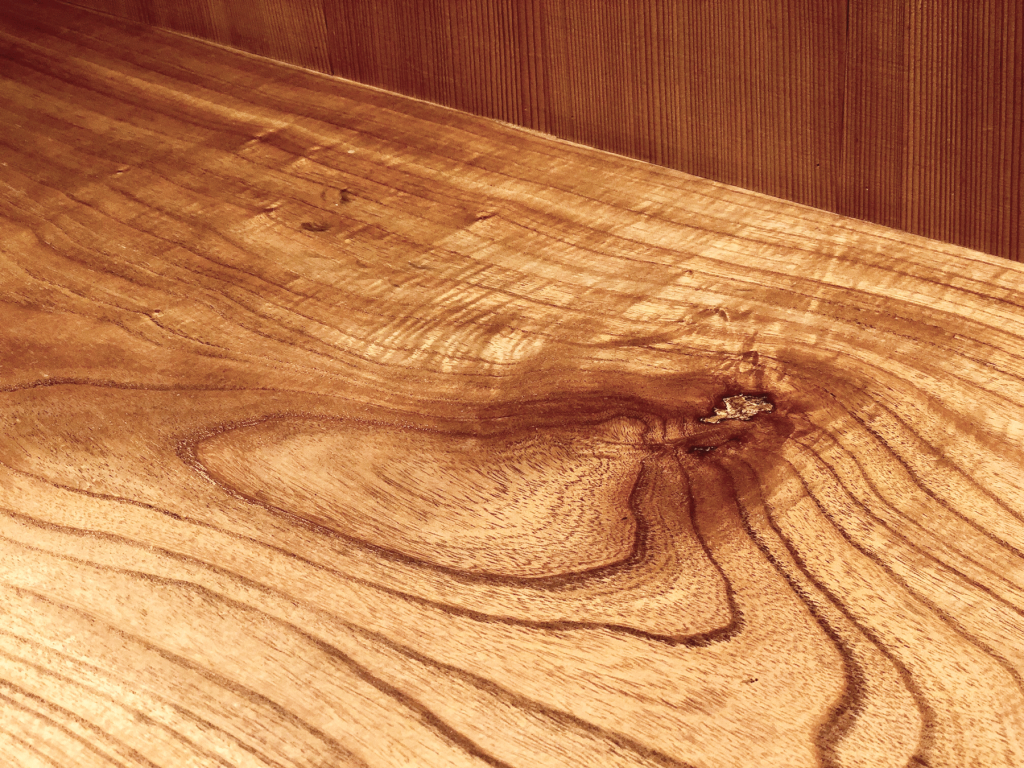
Le menuisier m’a parlé du motif du grain appelé « Moku ».
Tout comme les visages des gens, chaque morceau de bois a un motif de grain unique.
« Moku » fait référence à des motifs de grain particulièrement précieux et beaux.
Chacun a une idée différente des motifs qui sont beaux.
Il était néanmoins intéressant pour moi de constater qu’il existe des motifs que les artisans qui ont vu beaucoup de bois considèrent comme « intéressants », « inhabituels » et « beaux ».
Cette expérience a été étonnante pour moi.
Je me suis toujours senti à l'aise dans un endroit avec une odeur de bois et des intérieurs sans regarder attentivement le bois lui-même.
Apprécier le grain du bois comme une chasse au trésor
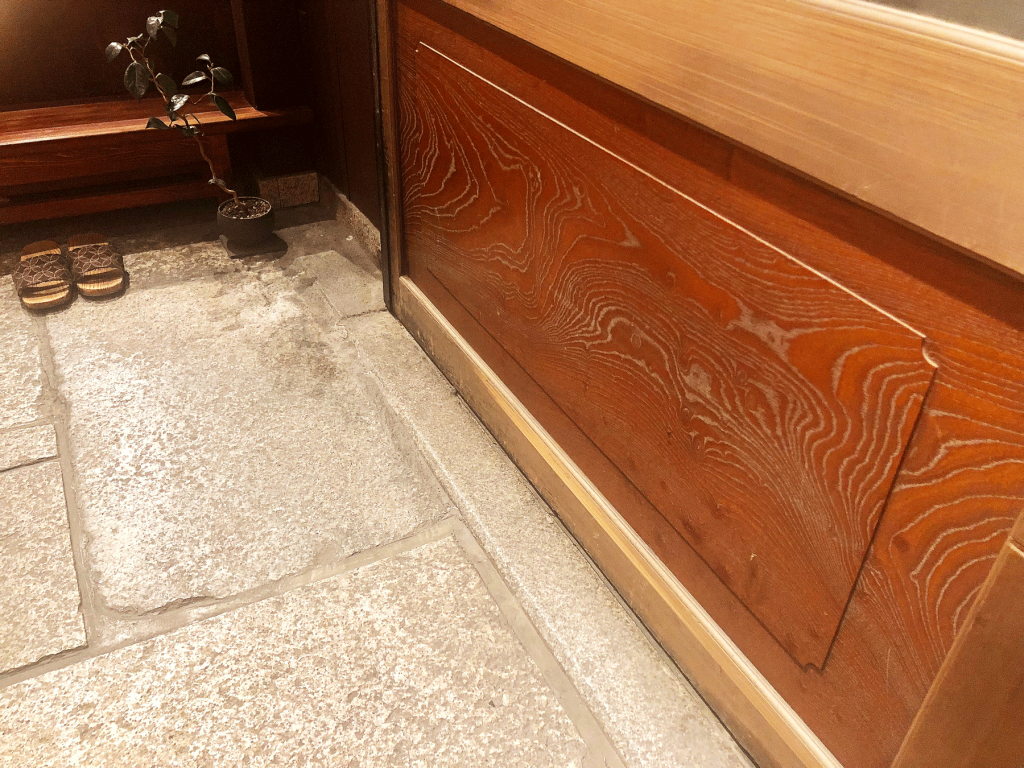
Le grain du bois dans une maison de ville traditionnelle en bois à Kyoto
Maintenant que cela avait éveillé mon intérêt pour le grain du bois, j’ai inconsciemment commencé à y prêter attention.
Même en regardant les mêmes objets et les mêmes paysages qu'avant, ils me semblent tous totalement différents.
Apprendre un peu sur le grain du bois m'apporte quelque chose qui ajoute à ma journée, comme une chasse au trésor.
Je peux également profiter des sites touristiques que j'ai déjà visités et faire de nouvelles découvertes.
À Kyoto, il existe de nombreuses maisons en bois construites avec du bois précieux.
Même lorsque vous regardez un mur en bois en vous demandant où se trouve son point d’attrait, vous pouvez découvrir de manière inattendue quelque chose de nouveau.
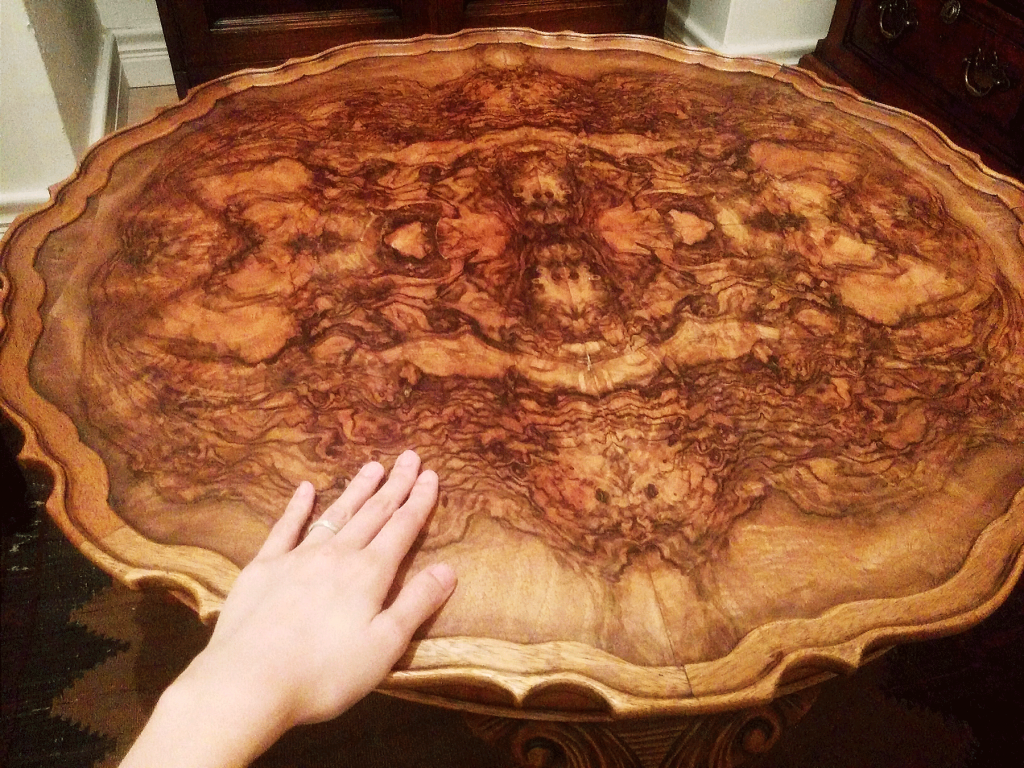
Une table utilisant une partie d'un nœud d'arbre
N'oubliez pas de prêter attention aux meubles en bois que vous voyez à divers endroits.
La table sur la photo est une antiquité importée.
La conception a utilisé la partie noueuse de la base d'un noyer.
Il s'agit en fait d'un type de « Moku » créé en coupant le nœud d'un arbre.
Il semble que les artisans étrangers aiment également utiliser le grain du bois lorsqu'ils fabriquent des produits.
Le charme du « grain du bois » créé par la nature
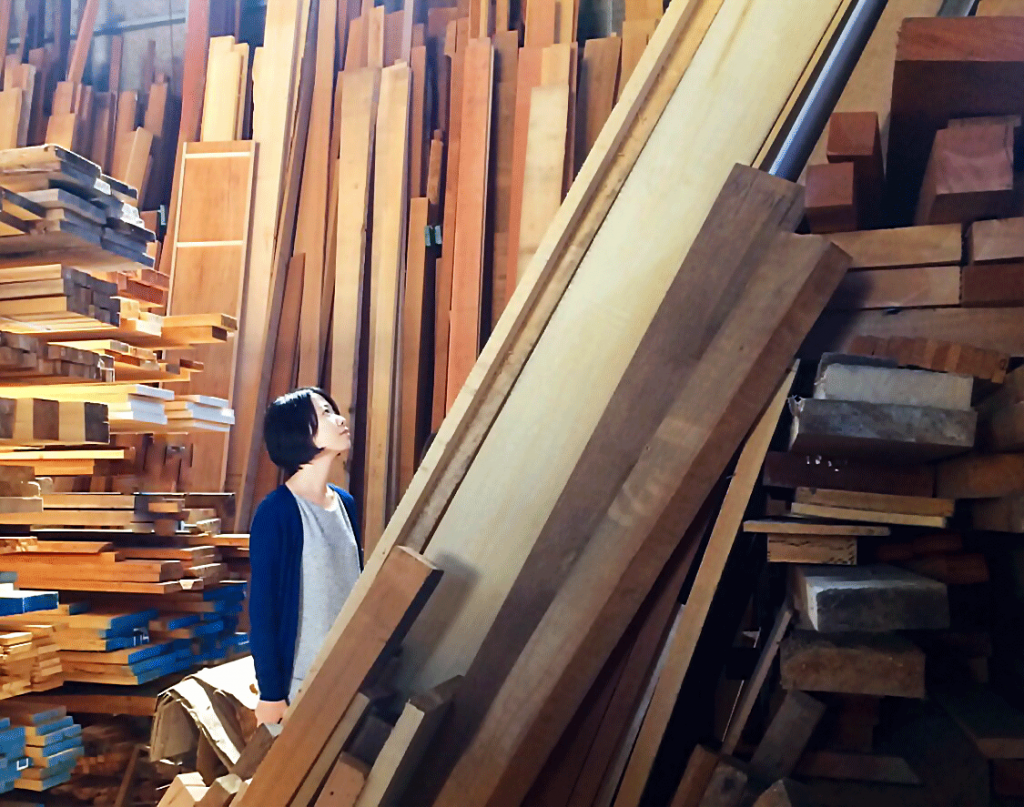
Visite d'un entrepôt bordé de poutres
Il existe également d’autres motifs de grain de bois fascinants.
Dans une scierie de la préfecture de Toyama, l'usine traitait des bois aux motifs de grain inhabituels.
Il s'agissait de bois avec des rayures noires laissées par des champignons et de quelques chênes avec des trous faits par des insectes.
Selon le menuisier, certains grains de bois sont produits par des activités biologiques, comme celles des champignons et des insectes.
Les traces de leur vie apparaissent devant nous de manière unique.
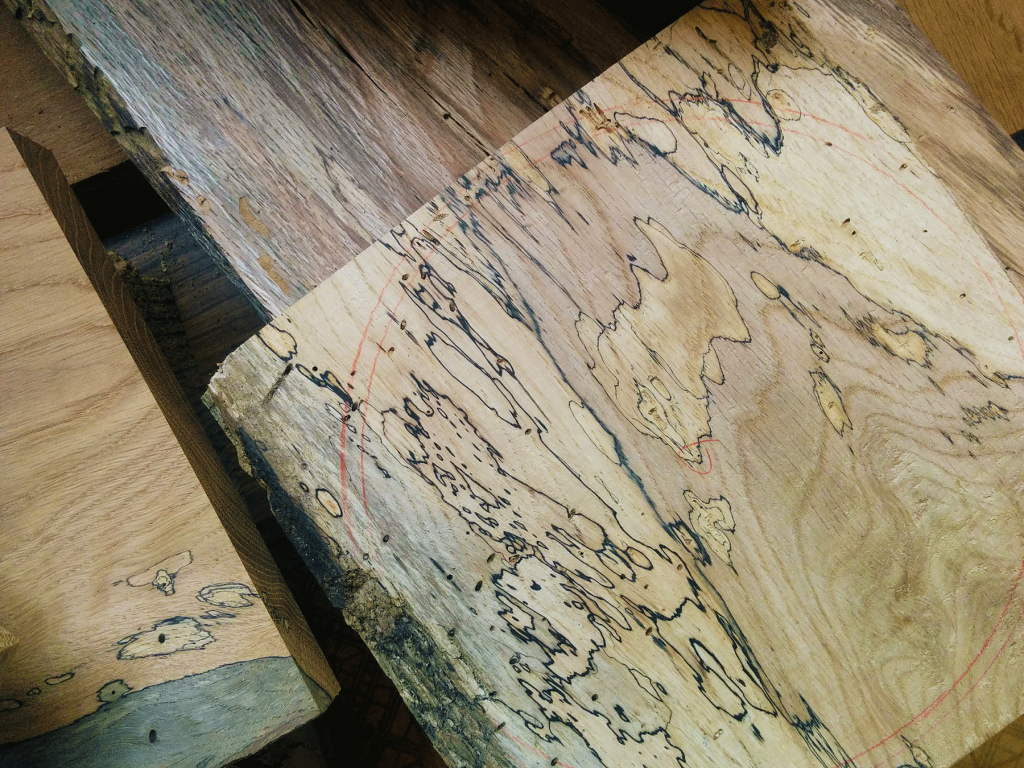
Un morceau de chêne
Le grain du bois créé par le mouvement des insectes est utilisé dans les revêtements de sol.
J'ai trouvé cela utilisé sur le sol d'un hôtel spécifique.
Si je n’avais pas eu connaissance de ce modèle, j’aurais peut-être traversé cet étage sans l’observer.
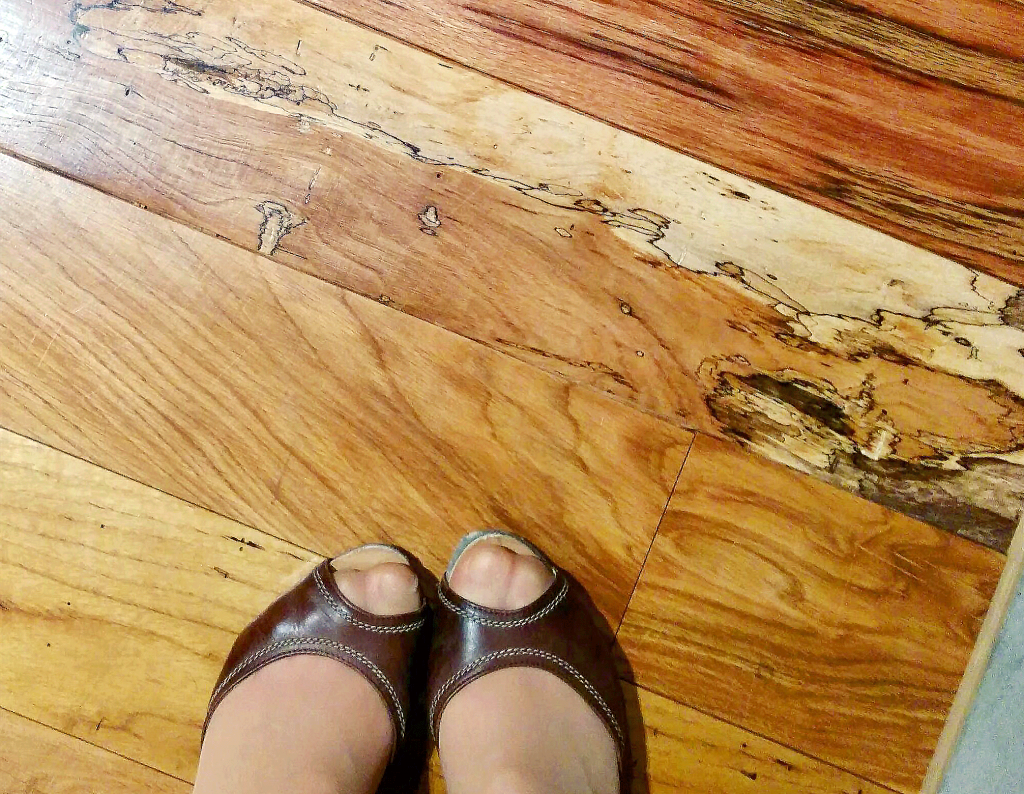
Revêtement de sol utilisant le grain du bois créé par le mouvement des insectes
Kyoto compte de nombreux sites touristiques tels que des sanctuaires, des temples et des maisons de ville historiques avec du bois précieux qui est désormais difficile à obtenir.
Vous pouvez trouver des motifs de grain de bois passionnants sur les murs des maisons, les piliers, les portes, les tables, les chaises et autres.
Assurez-vous de vous promener dans les rues et de rechercher de magnifiques motifs de grain de bois.

